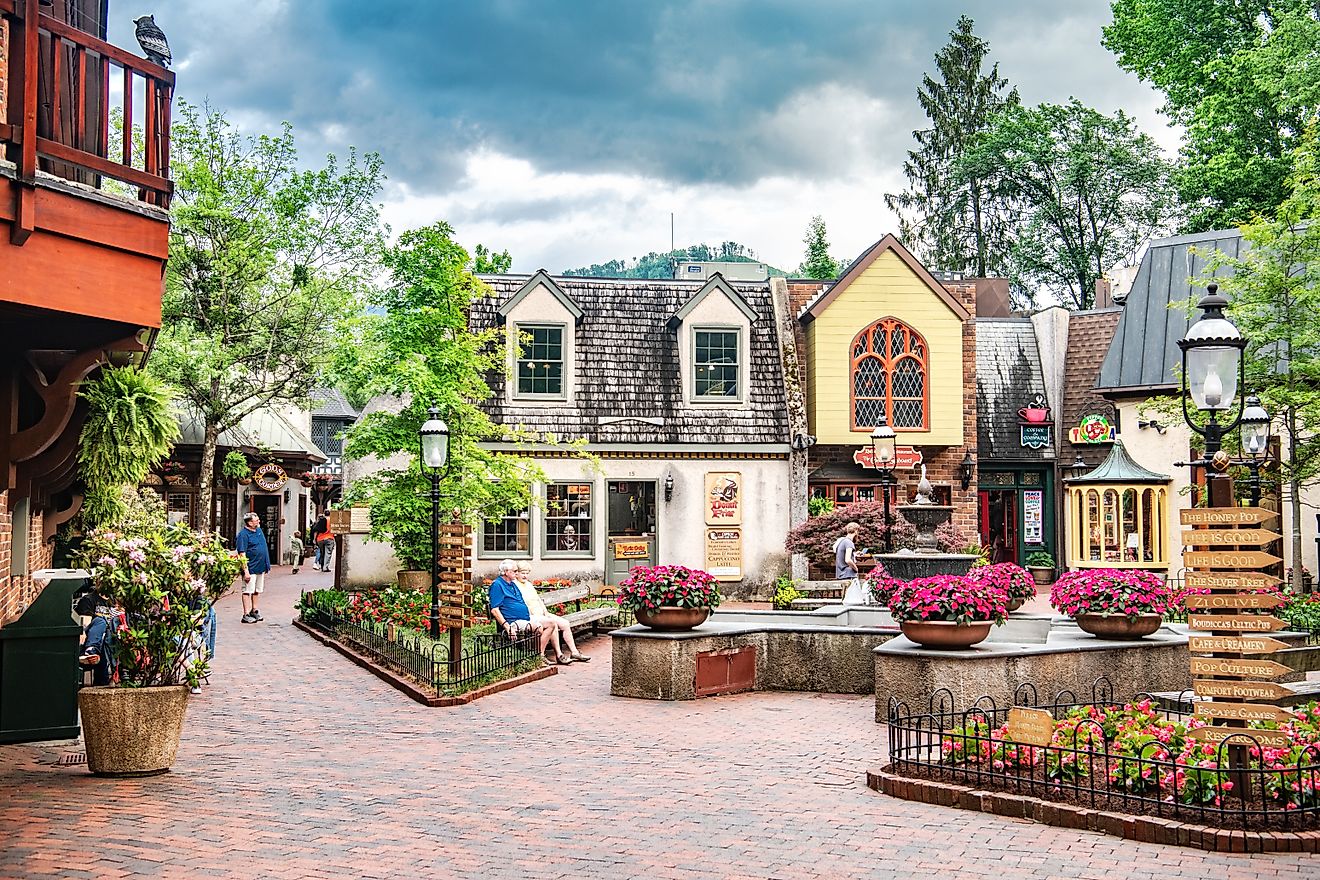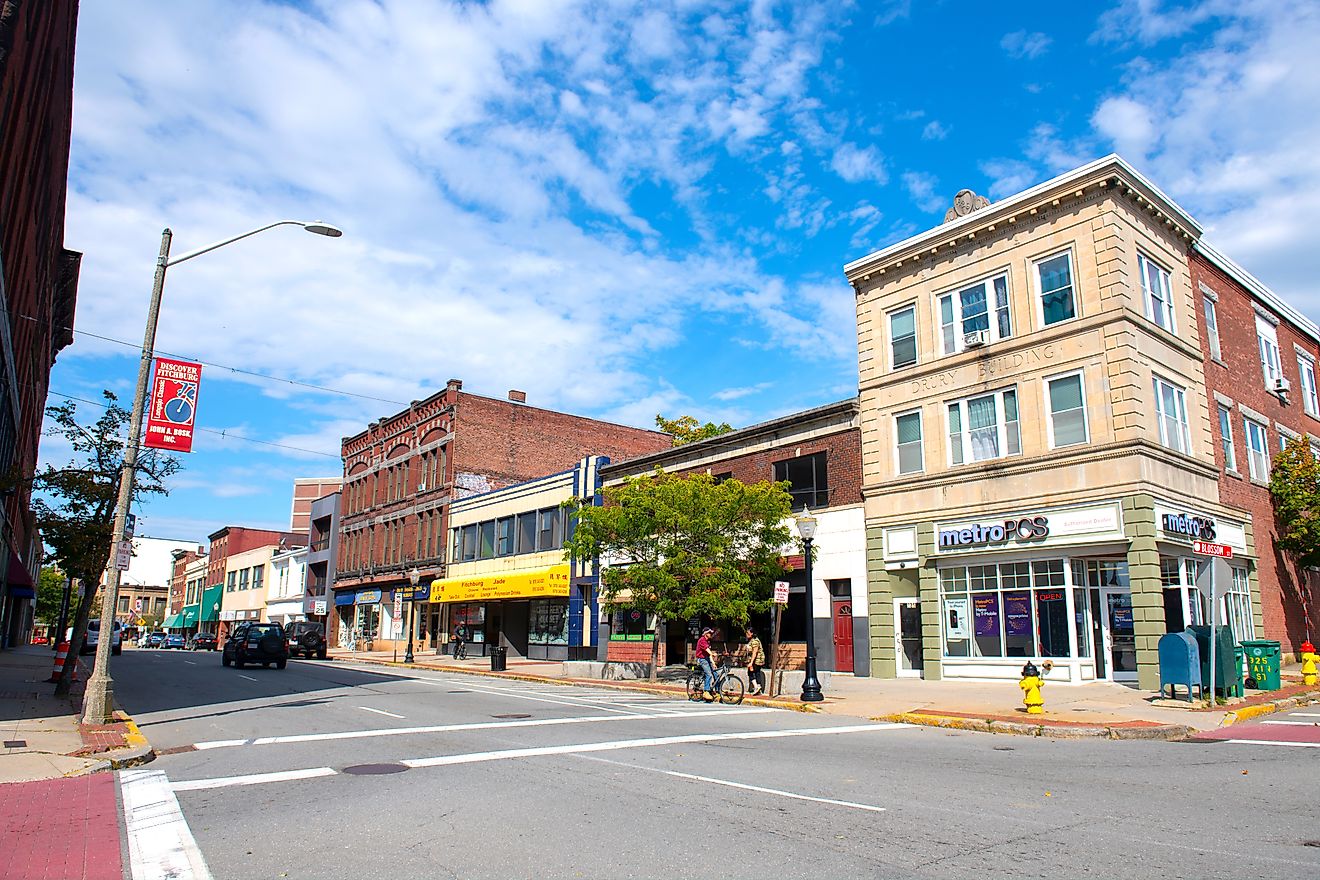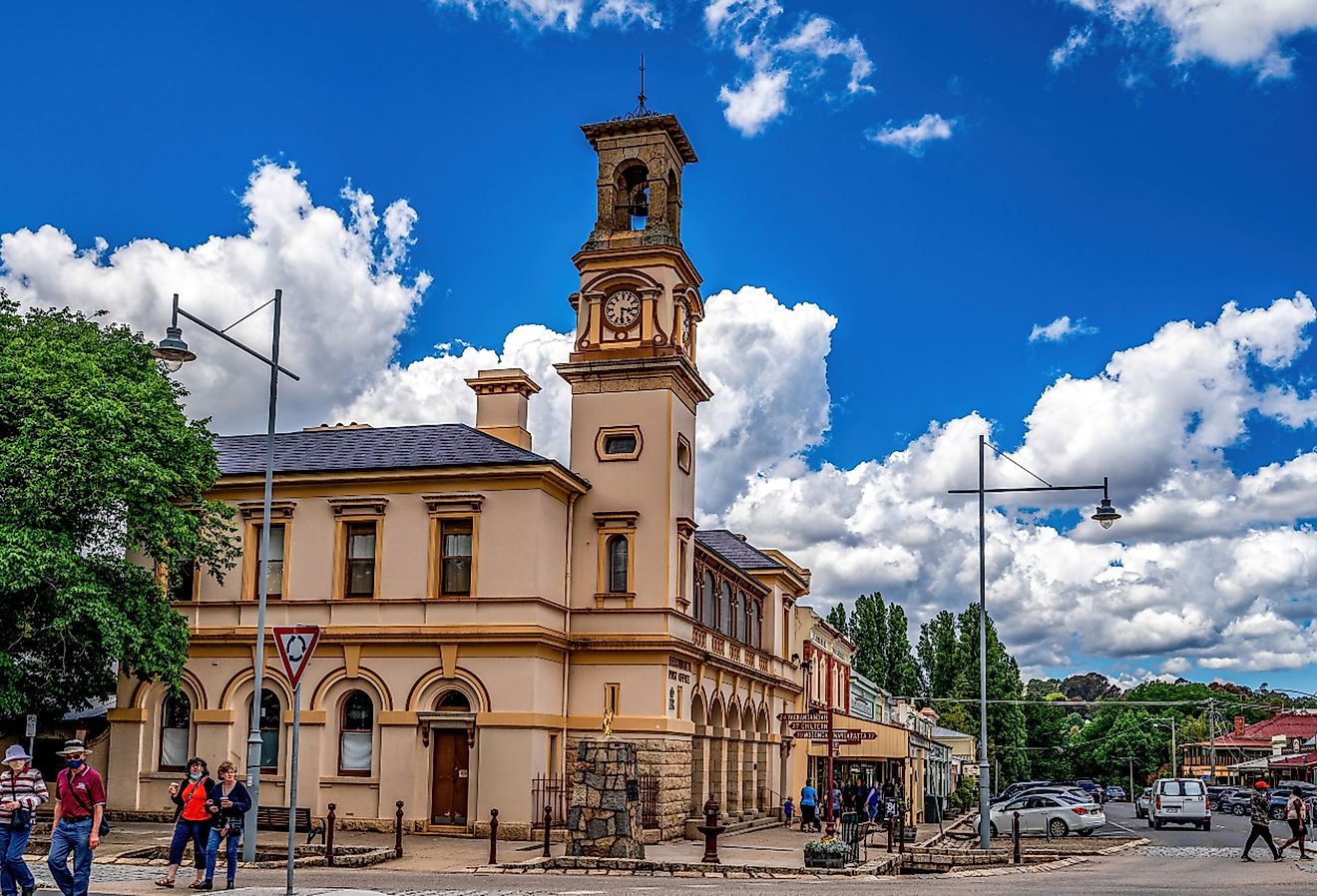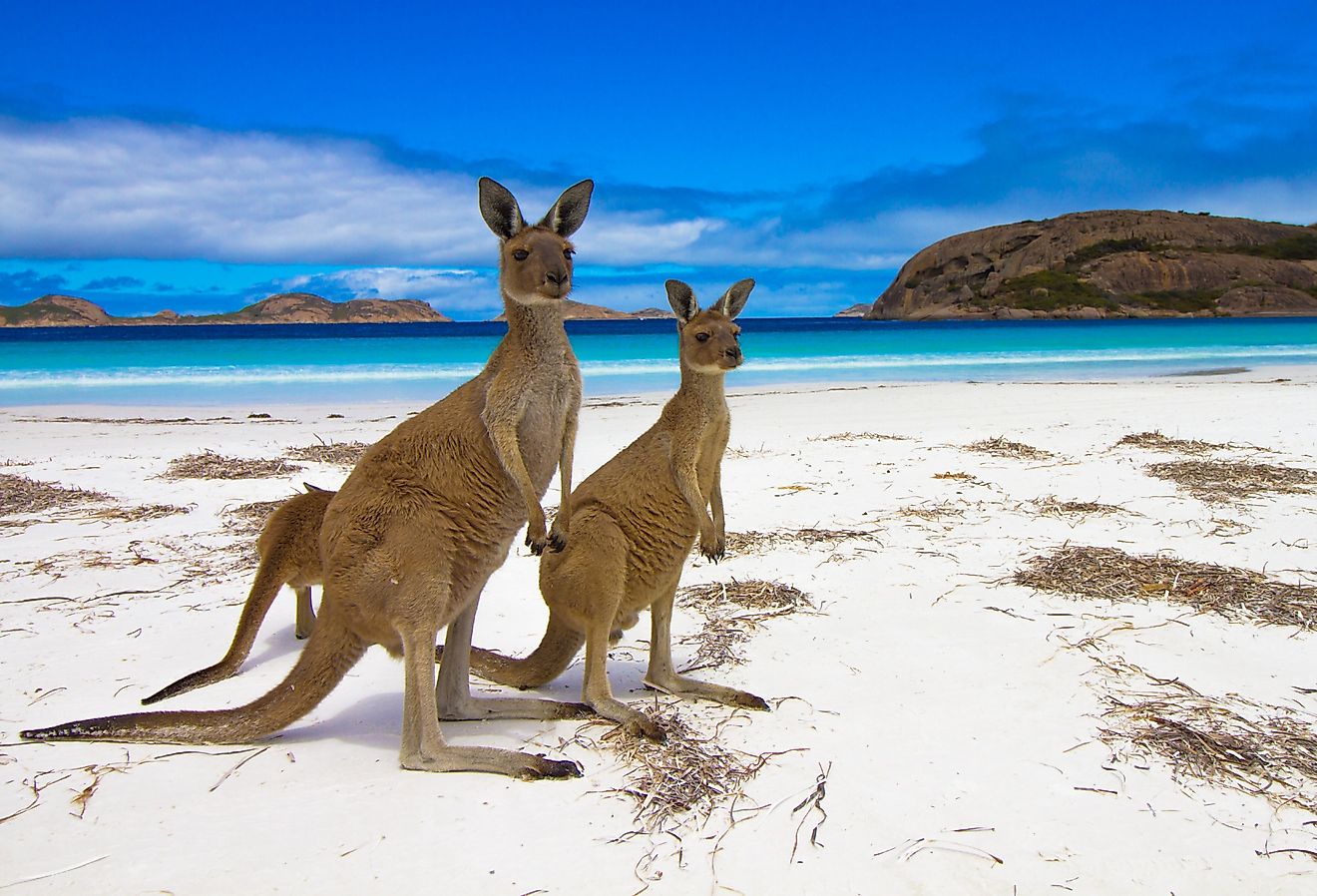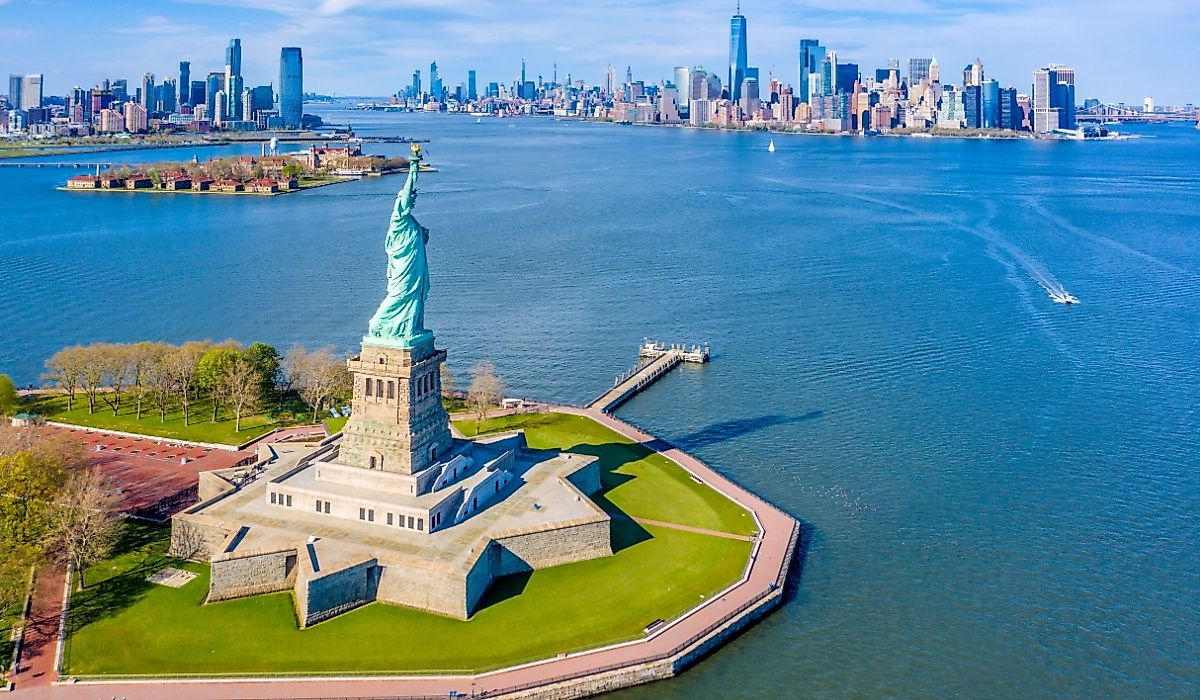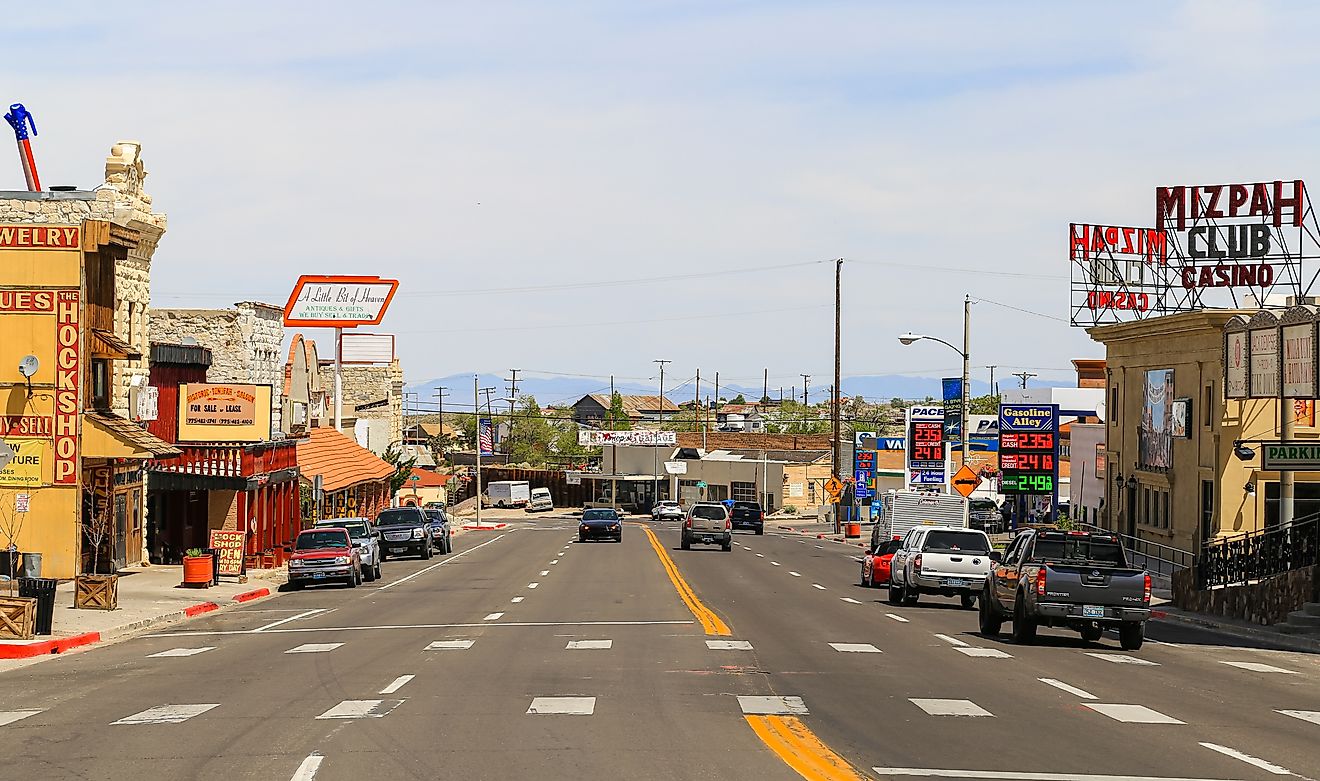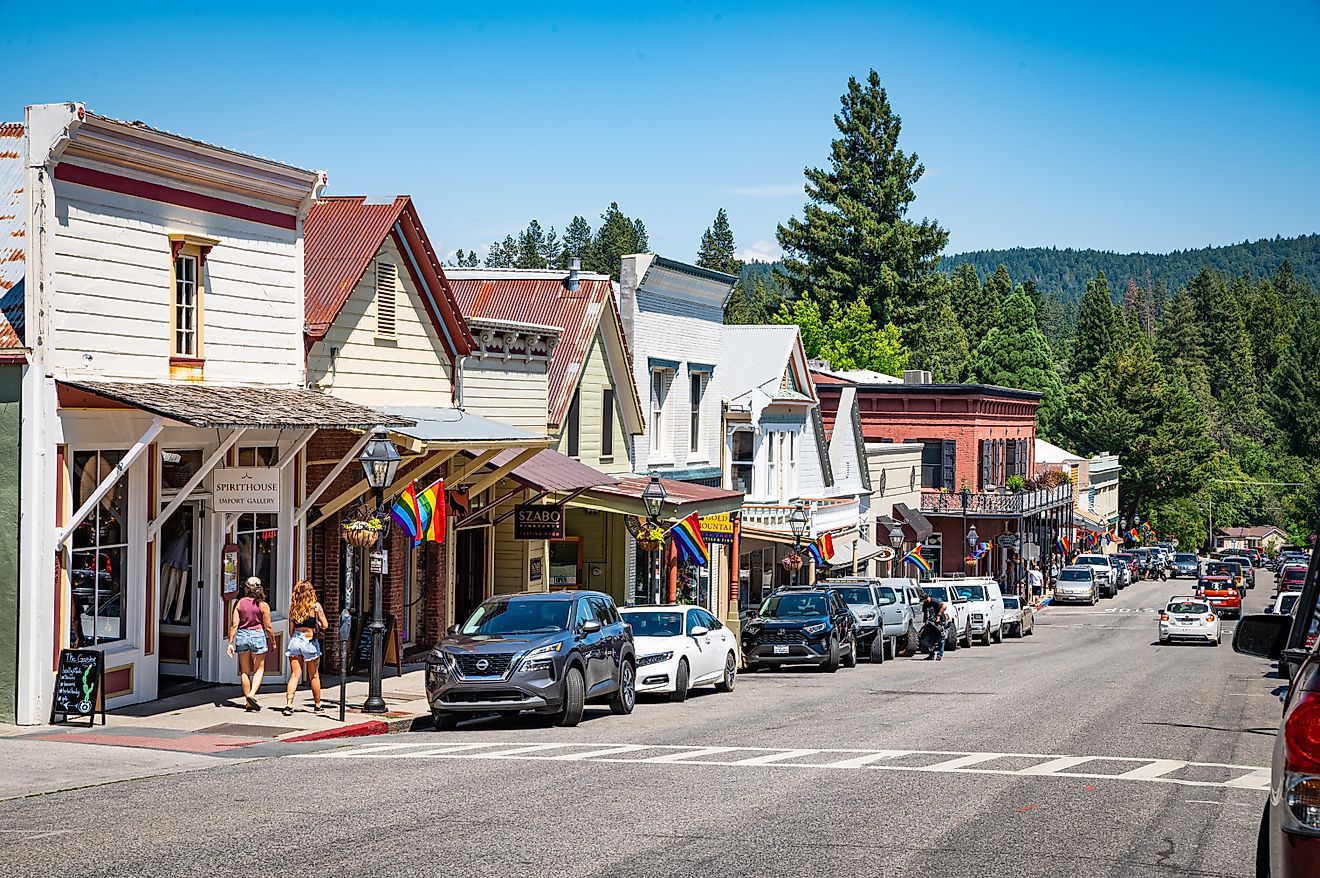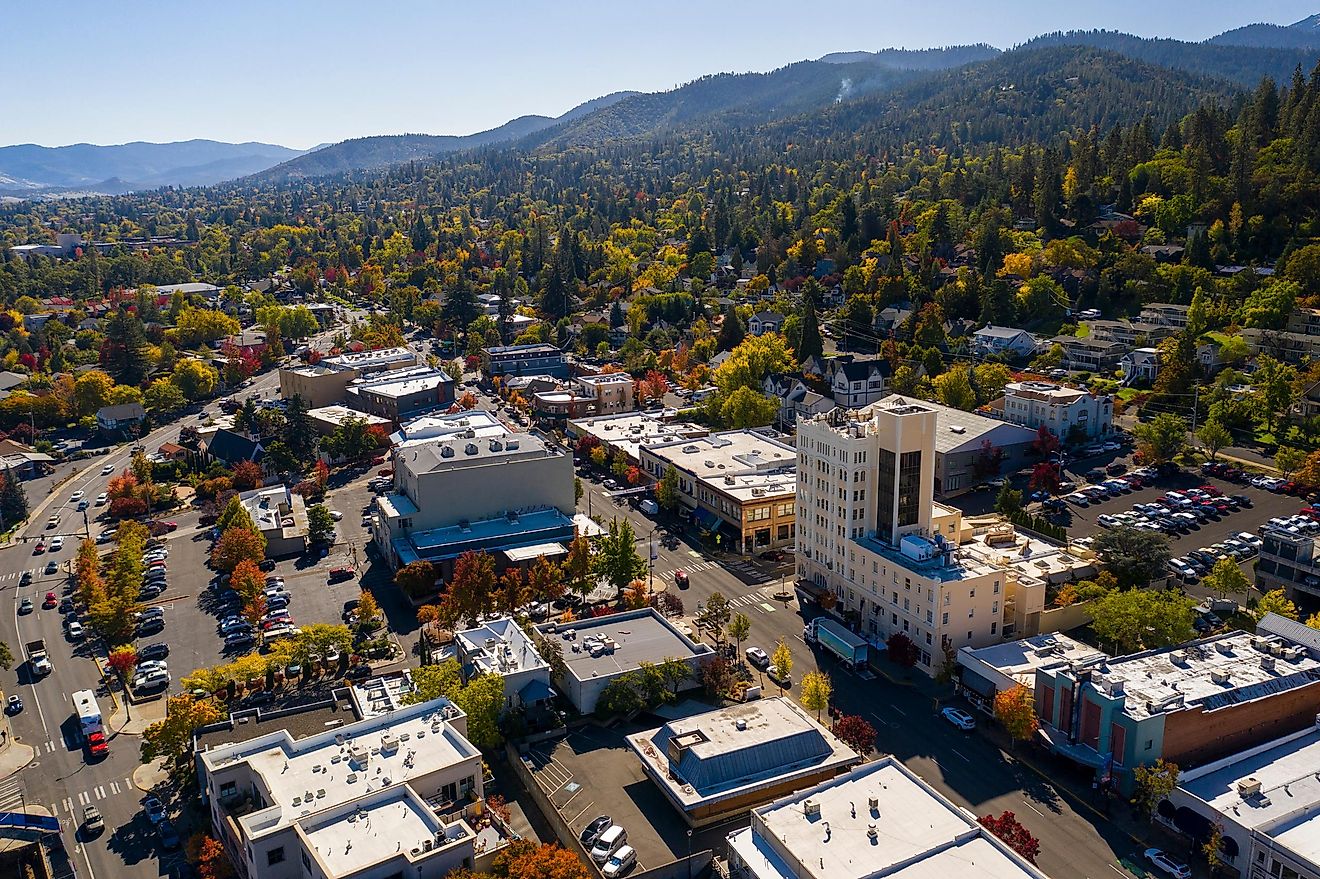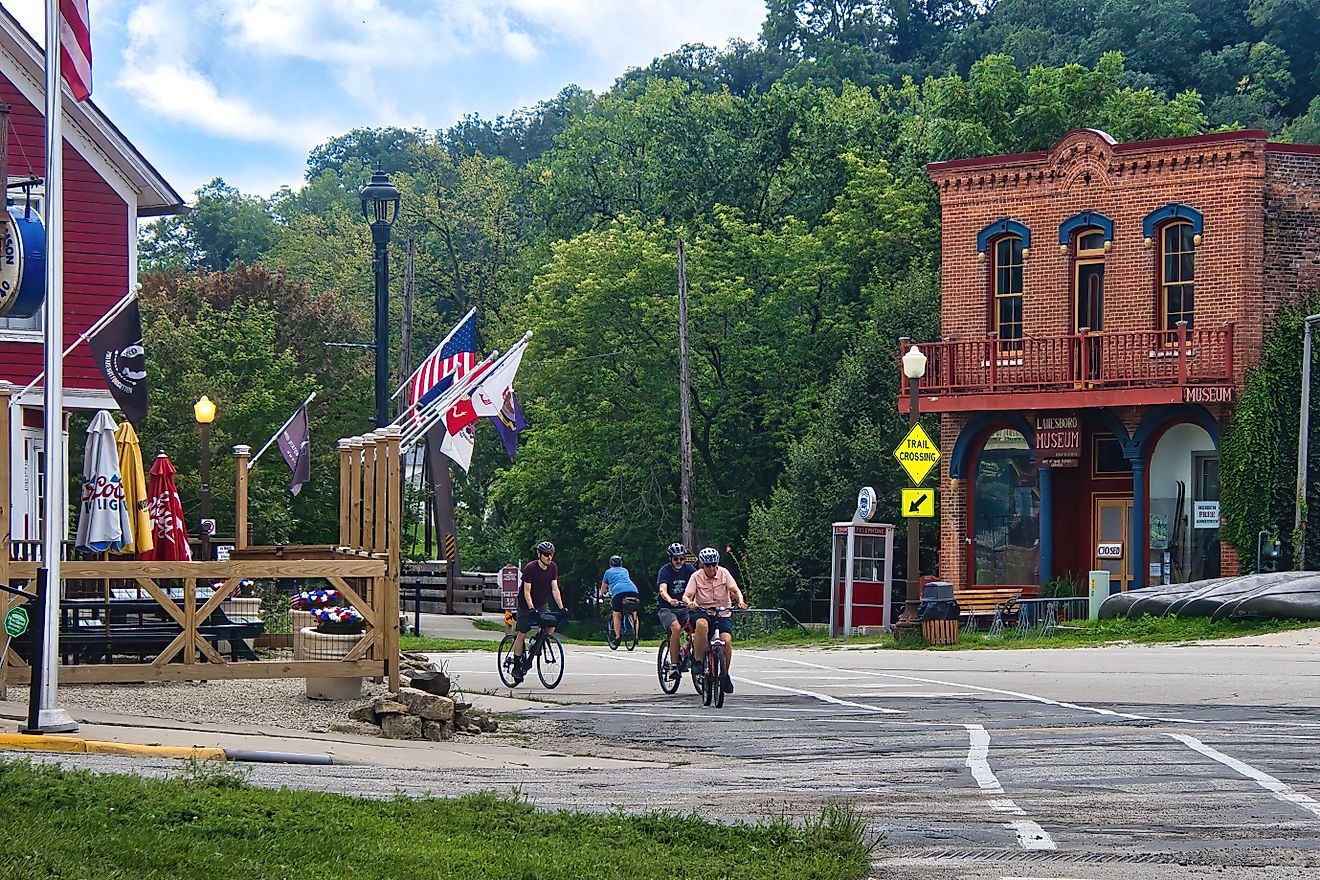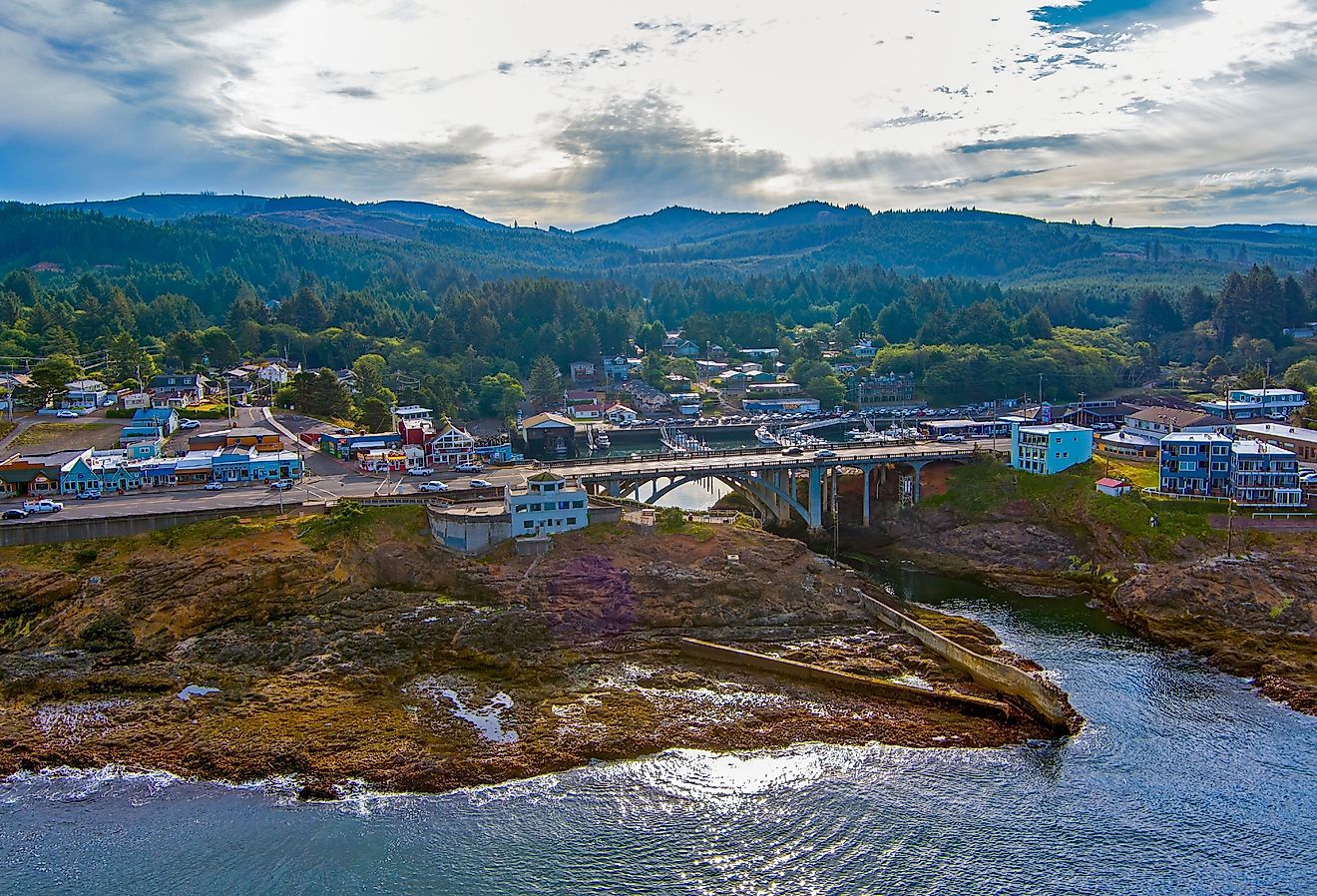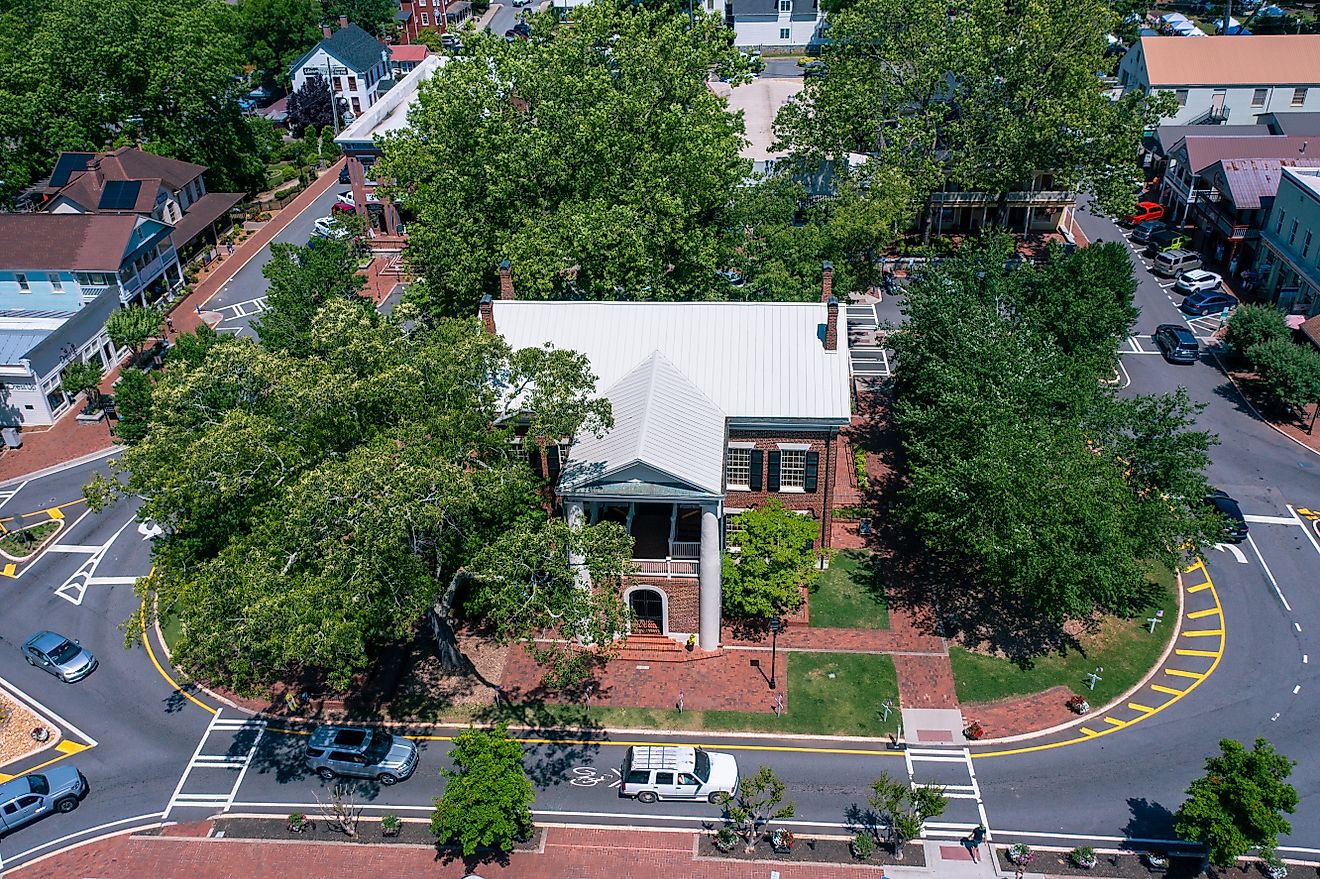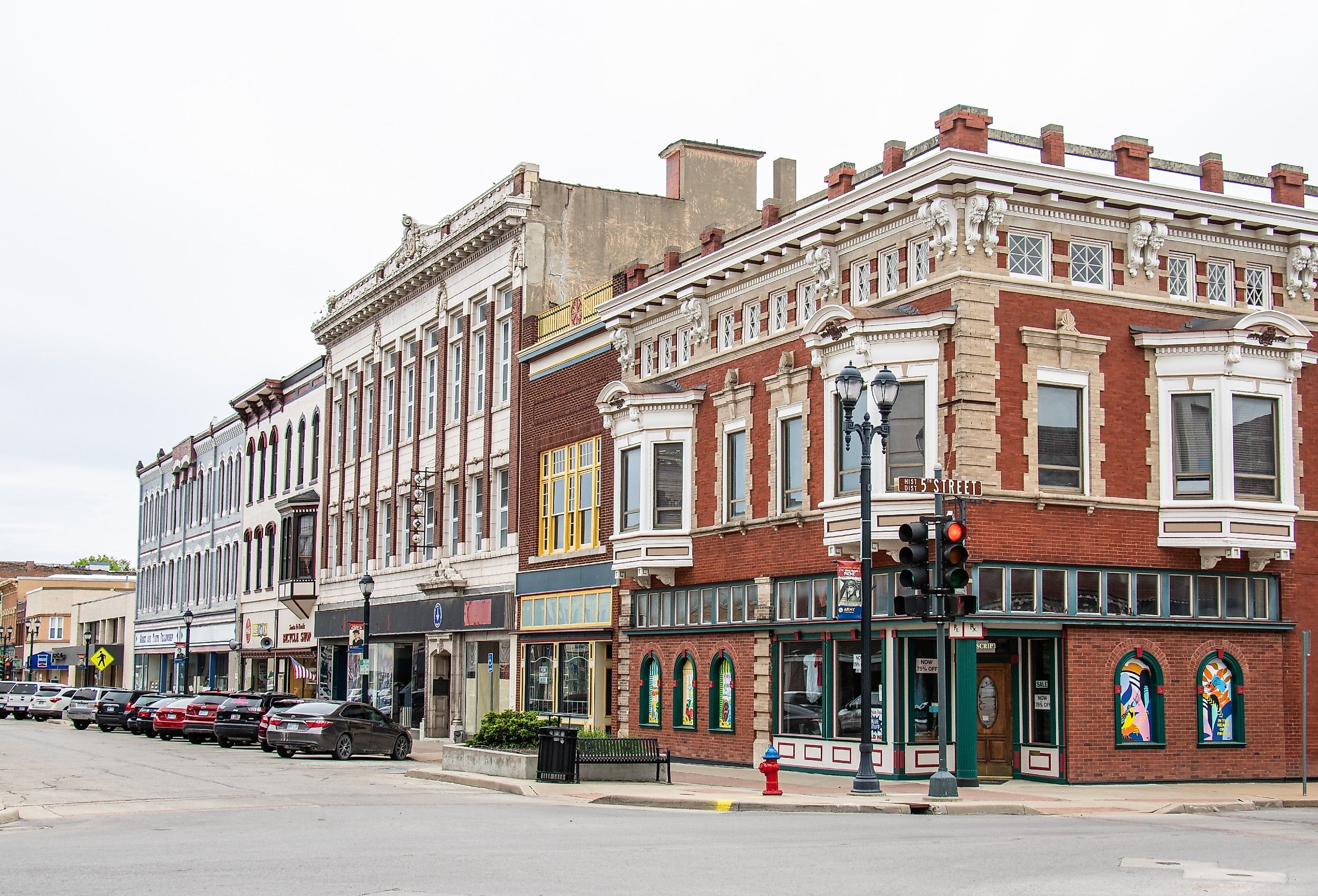
This Kansas Town Is Older Than the State Itself
Since its founding, Leavenworth, Kansas, has been a stage where national dramas play out, an inflection point in history. The state’s first non-Native permanent settlement began as Fort Leavenworth, the military redoubt built in 1827 to protect the stream of settlers surging westward on the Santa Fe Trail. The town was a crucible for the violent conflicts that followed the passage of the Kansas-Nebraska Act, and later a base for training Union soldiers in the Civil War.
In Leavenworth, Abraham Lincoln made what many consider his first campaign speech in his quest for the presidency. After the war, the US 10th Cavalry Regiment of the United States Army was formed here, a storied group of African American recruits who became known as the Buffalo Soldiers. Later, Dwight D. Eisenhower, Omar Bradley, and George S. Patton studied military strategy at the US Army Command and General Staff College, established here in 1881. Founded in 1854, Leavenworth, Kansas, is full of history and older than the state, which joined the Union in 1861, seven years after this community was formed.
Westward Passage to Leavenworth, Kansas
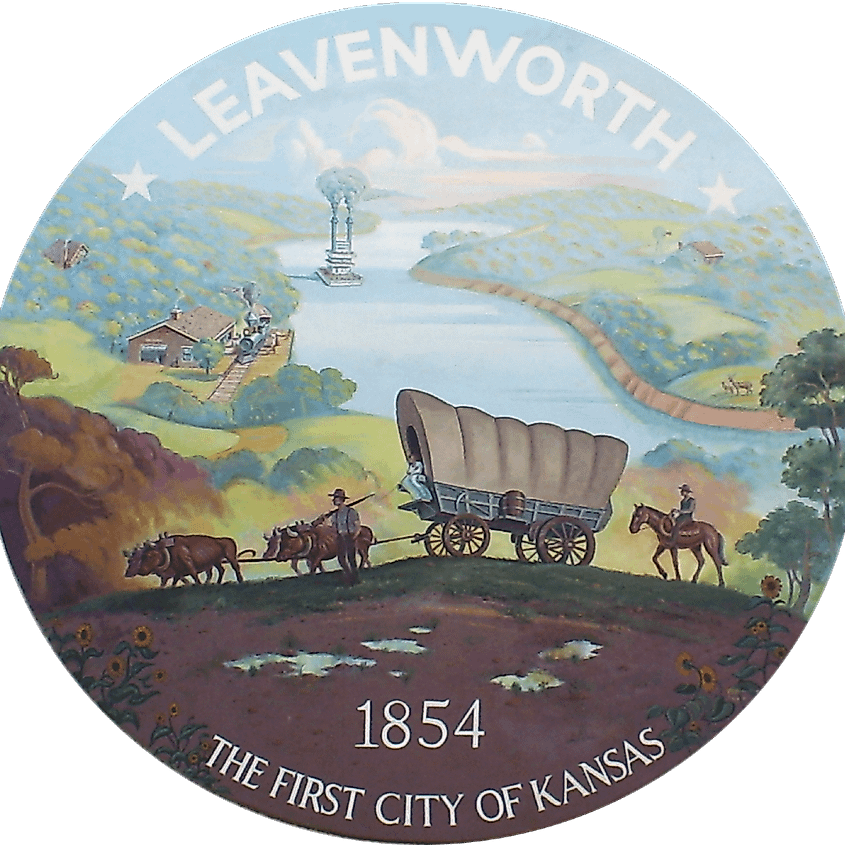
Joining this impressive roster of historical visitors were millions of ordinary settlers, soldiers, homesteaders, pioneers, and prospectors who passed through this key gateway to the West. Sometimes the journey was less glorious, as in the case of the Apache and Cheyenne, who fought resettlement in decades of conflict with the Leavenworth-based cavalry.
War of 1812 veteran Colonel Henry Leavenworth established the military outpost, and the town officially became distinct from the eponymous fort in 1854. That same year, Congress created the Kansas Territory. Seven years later, Kansas became the 34th state admitted to the Union, less than three months before the start of the Civil War. As a place where slave owners and abolitionists clashed in what history remembers as “Bleeding Kansas,” Leavenworth was a flashpoint for the passions, ideologies, and trauma of that war.
History’s Carousel
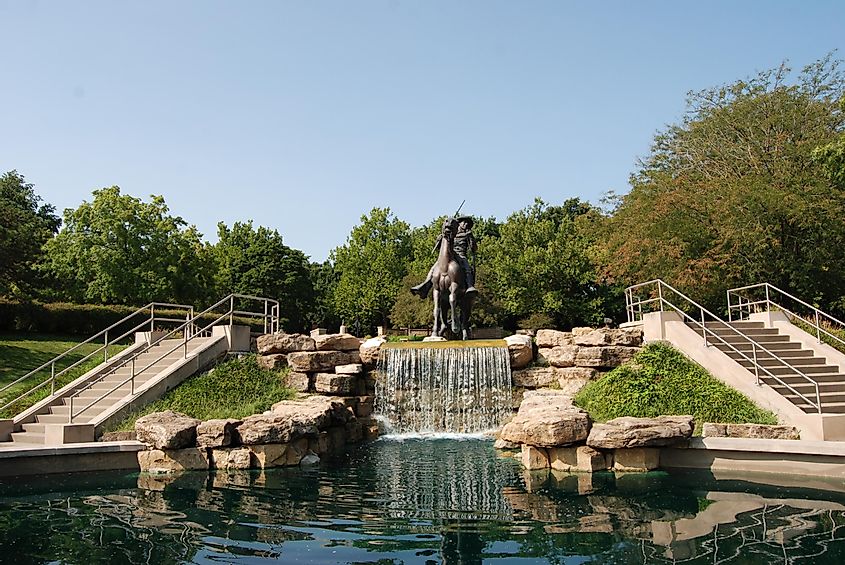
Today’s Leavenworth is a quieter destination where history lives on in museums and cultural centers. The famous fort tops every tourist’s itinerary. On the bluffs above the Missouri River, visitors explore Fort Leavenworth’s Frontier Army Museum, the Buffalo Soldier Monument, and the Berlin Wall Monument.
Beyond the fort’s well-defended walls, tourists linger at the Carroll Mansion Museum, a gracefully designed Queen Anne mansion built in 1882. Listed on the National Register of Historic Places, it preserves the history of the town, Native tribes, and early settlers. The equally fascinating Richard Allen Cultural Center tells the stories of African Americans in 19th-century Leavenworth, including the town’s pivotal role in the success of the Underground Railroad. An enchanting antique merry-go-round is the centerpiece of the C.W. Parker Carousel Museum, a favorite stop for families.
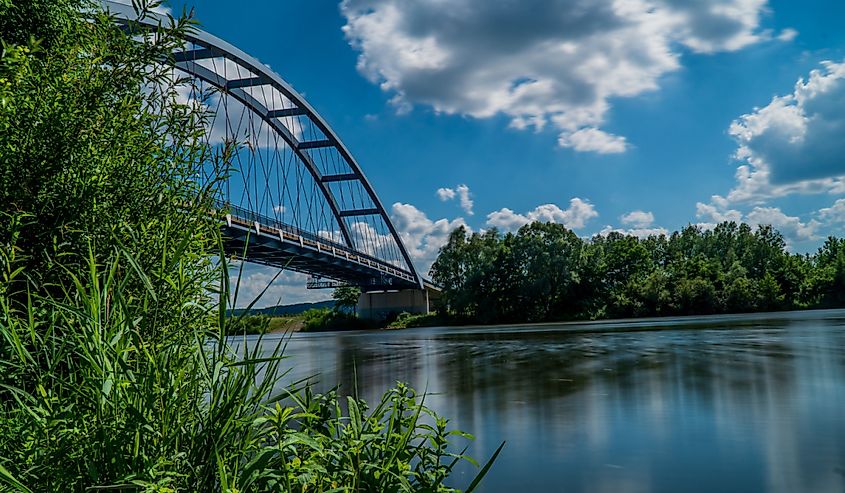
Across the more than two dozen blocks of Leavenworth’s historic downtown, the legacies of some of the town’s great historical figures are on display. Tourists can visit the boyhood home of Buffalo Bill and visit the Planters Hotel, where Lincoln gave his famous campaign speech. An unassuming wooden building is the site of the former Sherman, Ewing, and McCook law firm, whose partners all became general officers in the Union Army. And yes, one of those marquee names was General William Tecumseh Sherman.
Some of the town’s most infamous residents lived in another imposing fortress, Leavenworth Penitentiary. Prohibition gangster Machine Gun Kelly and the Birdman of Alcatraz both spent time in the prison, which is today open not just to medium-security offenders, but to tourists as well.
New Chapters in Leavenworth
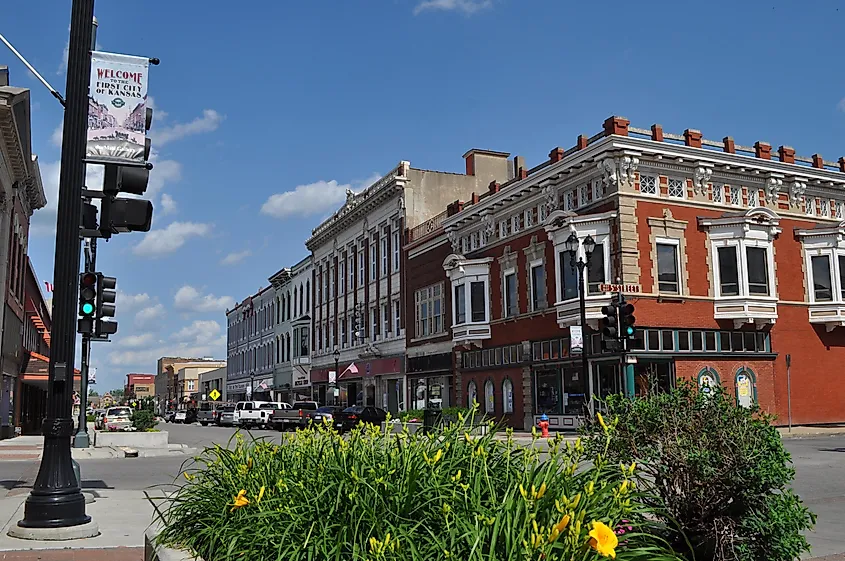
There is much in Leavenworth to celebrate beyond its iconic figures and storied histories. The Leavenworth Summer Theater stages outdoor performances on the beautiful campus of the University of Saint Mary, including its production of The Sound of Music, a summer favorite since 1995. Downtown comes alive with the Moonlight Market & Free Summer Concert Series, which brings music, food trucks, and a wide array of vendors to Main Street. The summertime Leavenworth County Fair is a quintessentially American celebration.
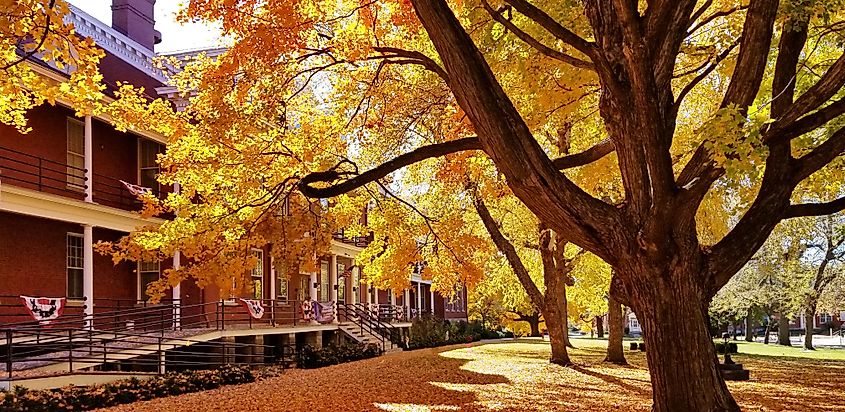
In August, the Richard Allen Cultural Center opens the Jazz by the River Festival, filling the air with improvisational melodies as the Missouri River tides move languidly to a smooth jazz tempo. Christmas arrives right after Thanksgiving with the Mayor's Holiday Tree Lighting, Lighted Parade, and Holiday Mart, the town’s premier winter event.
On the eastern bank of the Missouri in nearby Weston, visitors can sample cabernets at the Pirtle Winery and tour the Holladay Distillery, whose barrels of bourbons feature crystal-pure water drawn from a limestone spring that was discovered by Lewis and Clark. The surrounding countryside is peppered with quiet towns like Lansing, Basehor, and Tonganoxie, set among green rolling hills. Nature’s glory unfolds in a scenic drive along the Glacial Hills Byway, named for the ancient sheets of ice that carved the region’s inspiring landscape.
Leavenworth is Older Than the State Itself
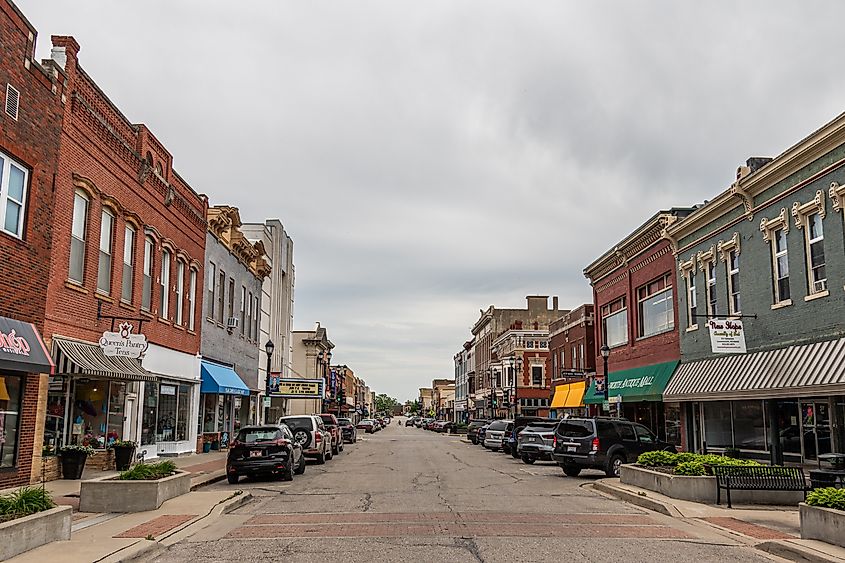
For nearly two centuries, the name Leavenworth has conjured a range of emotions, especially for the many travelers whose journey to Kansas' oldest town began with a dream, a cause, or the judgment of a jury. For abolitionists and a future president, it was the place to appeal to the conscience of a nation, the epicenter of a fight for its destiny. Leavenworth was an outpost of adventure for young cavalry recruits, and a site of sorrow for Native tribes losing their ancestral lands. It was a gateway of hope for settlers moving westward, and a destination of hopelessness for those passing through the gates of its prison, which author Joe Jackson described in his book Leavenworth Train as a monolith that “rose from the prairie soil like a stone island.”
What Leavenworth was depended on who you were. In the end, it was all about perspective. Today, visitors are privileged to enjoy a panoramic view of the richly consequential past of Leavenworth, a place founded before the state itself, where the American future was reimagined, tested, and reborn.
